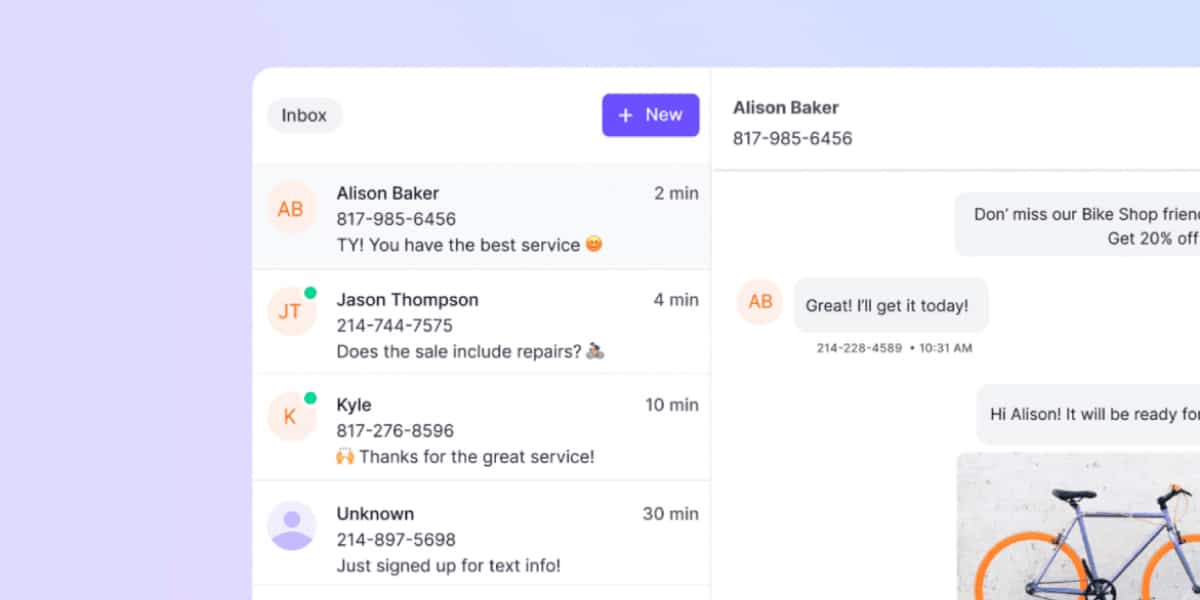Bridging the Gap in Audio Fingerprinting: An Interview with an AI Innovator on AI and ML Integrated Approach
By: Alex Mercer
In the rapidly evolving world of digital audio recognition, the limitations of current audio fingerprinting technologies, particularly under challenging conditions, have prompted a quest for more robust solutions. Navin Kamuni, at the forefront of this research, has introduced an innovative algorithm that integrates Artificial Intelligence (AI) and Machine Learning (ML) into the realm of audio fingerprinting. Navin delves into his work based on the Dejavu Project’s methodologies aimed at transforming the landscape of audio fingerprinting.
Navin, your research presents a significant leap in audio fingerprinting technology. Can you explain the core motivation behind this project?
Navin: Absolutely. The genesis of this project was rooted in the evident gap within current audio fingerprinting systems. While platforms like Shazam have revolutionized music discovery, their performance significantly drops in non-ideal environments — be it a noisy street or a live concert. Our aim was to enhance the robustness of audio fingerprinting, making it adaptable across a wide range of environmental conditions by leveraging AI and ML.
Fascinating. Could you walk us through the process of data collection and analysis for your research?
Navin: Sure. We embarked on a comprehensive endeavor to assemble a dataset that mirrors the auditory complexity of real-world scenarios. This involved gathering a wide variety of audio samples encompassing different genres, languages, and recording conditions. By introducing background noises and controlled distortions, we created a dataset that challenged our system, enabling us to analyze the impact of these variables on fingerprinting accuracy.
That sounds like a meticulous process. How does the Dejavu model play into your research?
Navin: The Dejavu model is central to our approach. It’s a beacon of signal processing, treating audio as a digital signal to be analyzed through techniques like the Fast Fourier Transform (FFT) and spectrograms. A key aspect of our model is the peak extraction and the formation of a “constellation” of peaks, which essentially captures the unique fingerprint of a song. This model has allowed us to navigate through and mitigate the challenges posed by background noise, elevating the system’s efficiency and accuracy.
Impressive. With such advancements, what kind of accuracy and efficiency has your system achieved?
Navin: Our system has showcased remarkable results, achieving 100% accuracy within just a five-second audio input. Moreover, we’ve managed to maintain a predictable matching speed, which is crucial for efficiency in real-time song identification. This balance of speed and accuracy underscores the potential of our integrated approach to redefining audio fingerprinting standards.
As we look to the future, what implications do you see your research having on the broader landscape of audio recognition and beyond?
Navin: The implications are vast. By enhancing the adaptability and reliability of audio fingerprinting, we’re not just setting a new benchmark for audio content identification but also opening avenues for its application across various sectors. Whether it’s media, entertainment, or security, the integration of AI and ML into audio fingerprinting paves the way for more secure, efficient, and user-friendly digital audio management solutions.
Navin Kamuni’s work, rooted in the integration of AI and ML into audio fingerprinting, promises to bridge the gap in digital audio recognition, making it more adaptable and efficient across varied environments. As this technology continues to evolve, its impact is set to resonate far beyond the realms of music identification, heralding a new era in digital audio management.
Navin’s paper, “Advancing Audio Fingerprinting Accuracy with AI and ML: Addressing Background Noise and Distortion Challenges,” is currently in the pre-print stage and is available for review on the arXiv website. This publication stands as a testament to the evolving landscape of audio fingerprinting technology and its potential to redefine the standards of digital audio recognition.
Published By: Aize Perez










